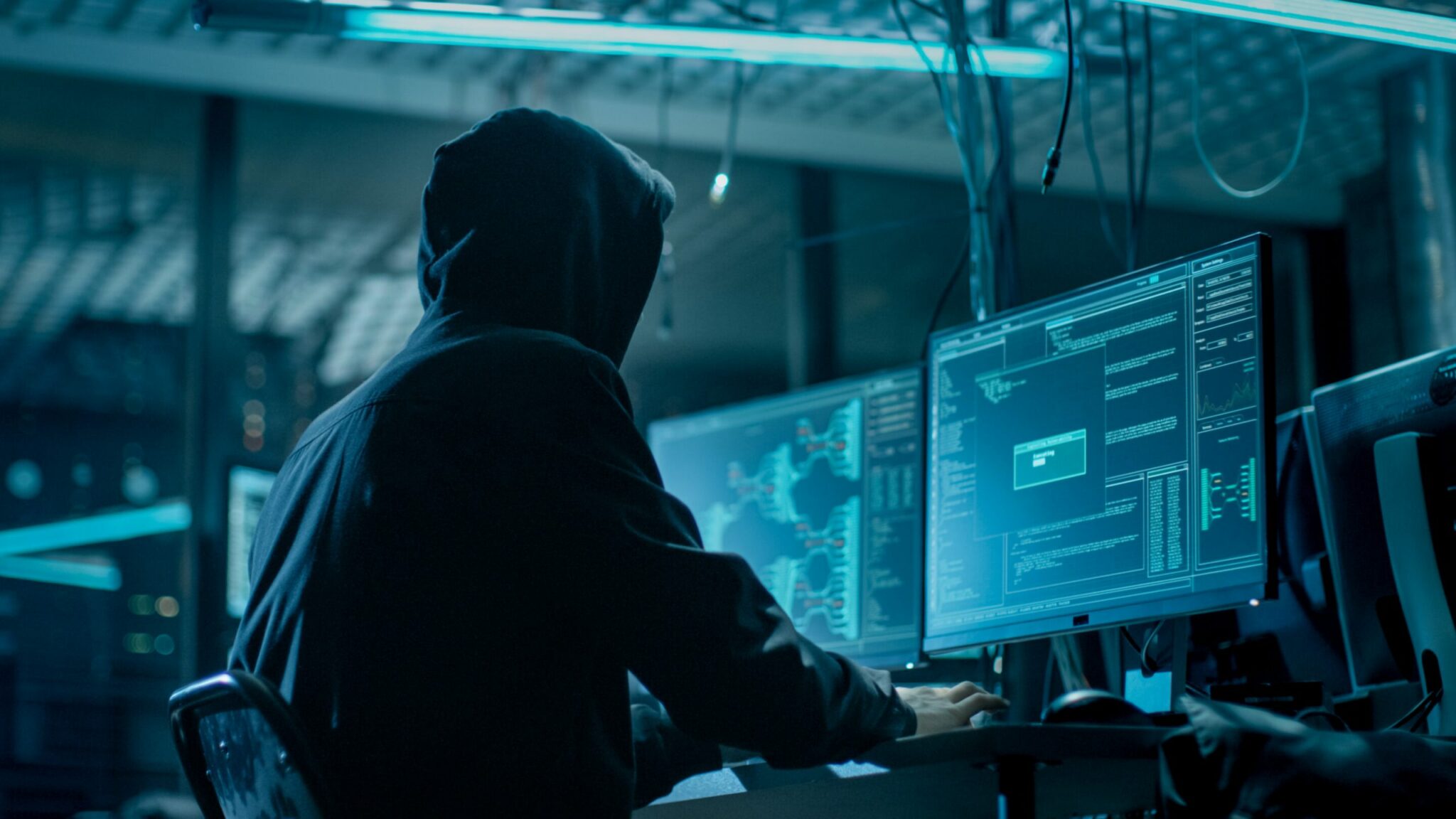The digital landscape has always been a battleground, but as we navigate 2025, the intensity of this cyber warfare has reached an unprecedented peak. For businesses of all sizes, from multinational corporations to nimble Small and Medium-sized Enterprises (SMEs), cybersecurity is no longer an optional IT function; it is a fundamental, non-negotiable component of operational resilience and competitive advantage. The confluence of pervasive Artificial Intelligence (AI), complex cloud environments, and a continuously evolving threat actor playbook has cemented cybersecurity as the single most critical investment for survival and growth.
The New Threat Landscape: AI vs. AI
The most defining factor of the 2025 threat landscape is the weaponization of Generative AI. Cybercriminals are now leveraging sophisticated Large Language Models (LLMs) to automate and supercharge their attacks, making them faster, more numerous, and frighteningly convincing.
Ransomware’s Evolution: Ransomware remains a dominant threat, but in 2025, it has evolved beyond simple data encryption. AI is crafting “Ransomware 2.0,” enabling highly adaptive malware that can mutate in real-time to evade traditional static defenses. Furthermore, threat actors are increasingly engaging in “double extortion”—stealing data before encrypting it, thus adding the threat of public release to pressure companies into paying the ransom.
The Rise of Hyper-Personalized Social Engineering: AI-driven phishing attacks are replacing poorly written, generic emails with hyper-personalized, context-aware messages that mimic the tone and style of trusted colleagues or executives. The emergence of Deepfakes—realistic, AI-generated video and audio—is being used for sophisticated social engineering, allowing impersonators to trick employees into transferring funds or revealing sensitive information. This makes human vigilance, combined with advanced anti-deepfake technology, a critical line of defense.
The Cloud Complexity Conundrum
The mass adoption of multi-cloud and hybrid environments has been a boon for agility, but it has simultaneously expanded the attack surface exponentially. In 2025, cloud security failures are overwhelmingly due to user error and misconfigurations, not flaws in the cloud providers’ infrastructure.
Misconfiguration and IAM Risks: Gartner predicts that the vast majority of cloud security failures by 2025 will be the customer’s fault, primarily due to misconfigured interfaces, excessive permissions in Identity and Access Management (IAM) roles, and unencrypted storage buckets. Compromised credentials remain the leading source of cloud breaches, emphasizing the critical need for a Zero Trust Architecture (ZTA), which assumes no user, device, or system—inside or outside the network—can be trusted without explicit verification.
The Shadow AI Threat: The proliferation of unsanctioned or ungoverned AI models within an enterprise, known as “Shadow AI,” presents a significant data security risk. Employees adopting new GenAI tools without IT oversight can inadvertently expose proprietary data or introduce vulnerabilities. Businesses must establish clear governance policies and comprehensive workforce training to manage the risks associated with rapid AI adoption.
Operational and Financial Consequences
The consequences of neglecting cybersecurity in the modern era are catastrophic, far exceeding the initial cost of remediation.
Financial Ruin: The direct costs of a breach include regulatory fines (especially under stringent global laws like GDPR and emerging US state laws), ransom payments, and the expense of forensic investigation and system restoration. However, the indirect costs—such as sustained operational downtime, lost revenue from service interruption, and increased insurance premiums—often dwarf the direct expenses. For SMEs, a significant cyberattack can be an extinction-level event.
Reputational and Trust Erosion: In the hyper-connected world, news of a data breach spreads instantly. Loss of customer trust can lead to long-term client churn and irreparable damage to brand reputation. In critical sectors, this can even invite governmental scrutiny and intervention.
Supply Chain Vulnerabilities: Businesses are only as secure as their weakest link. In 2025, attackers are increasingly targeting vulnerabilities in the supply chain—third-party vendors, software providers, and managed service providers—to gain unauthorized access to larger target organizations. Vetting the security posture of every partner is now a prerequisite for managing enterprise risk.
A 2025 Cybersecurity Strategy: Building Resilience
To thrive in this challenging environment, businesses must pivot from a reactive, perimeter-based defense to a proactive, resilience-focused strategy built on three pillars: Technology, People, and Policy.
1. Technological Investment: Fighting Fire with Fire
- AI-Enhanced Defense: Implement AI and Machine Learning (ML) solutions for predictive threat analysis and automated threat hunting. These tools can analyze vast amounts of security data in real-time, detecting and responding to sophisticated, adaptive threats faster than human analysts.
- Zero Trust Architecture (ZTA): Adopt a “never trust, always verify” model. This involves micro-segmentation, continuous verification of identity and device posture, and strict enforcement of the principle of least privilege access.
- Robust Data Protection: Ensure comprehensive data encryption, both in transit and at rest, and maintain immutable, air-gapped backups to ensure rapid recovery from even the most severe ransomware attacks.
2. The Human Firewall: Training and Culture
- Continuous Awareness Training: Move beyond annual training. Implement regular, simulated phishing campaigns, including deepfake and personalized social engineering simulations, to keep employees vigilant and test their response.
- Mitigating Insider Threats: Enforce strict access controls and conduct regular monitoring of privileged user activities. Employees, whether intentional or accidental, remain a significant attack vector.
3. Governance and Compliance:
- Regulatory Alignment: Stay updated with the rapidly evolving global regulatory landscape concerning data privacy (e.g., California Privacy Rights Act, EU’s AI Act). Non-compliance is becoming increasingly expensive.
- Incident Response Planning: Develop, test, and regularly refine a comprehensive Incident Response Plan. Knowing exactly who does what in the first critical hours of a breach is key to minimizing damage and meeting notification requirements.
Conclusion
The digital economy of 2025 is predicated on trust. As cyber threats, accelerated by AI, become more advanced and pervasive, the cost of a security lapse will continue its upward trajectory. For a business, strong cybersecurity is no longer a cost center; it is a fundamental enabler of trust, a protector of assets, and a guarantor of business continuity. Investing in a multi-layered, adaptive cybersecurity strategy—one that leverages AI for defense, implements Zero Trust principles, and cultivates a security-aware culture—is the defining move that will separate the market leaders from the casualties in the coming years. In 2025, prioritizing cybersecurity is not just good practice; it is the most critical strategic decision an organization can make.





